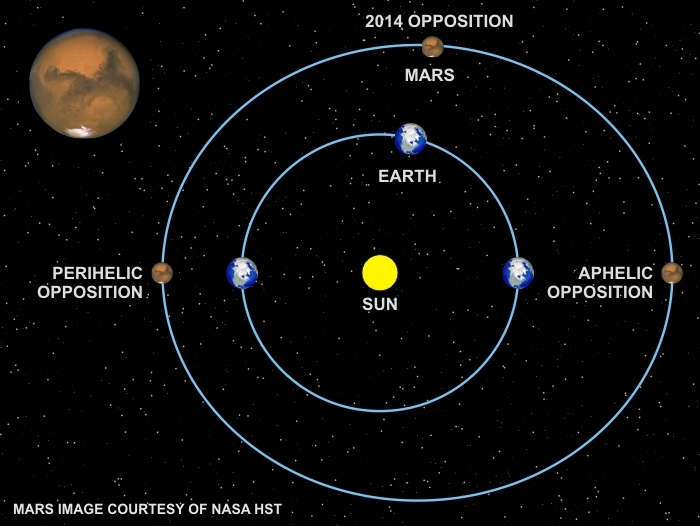Just stepping randomly into this thread because something made my neuron (yes singular - it gets lonely at times) fire.
Two things on jump masking:
Is Traveller a simulation or a game? As a game, the concept of jump masking adds little unless it is a specific plot point. Since the majority of stars in the OTU are M-class dwarfs (except, because someone at some time did the generation way wrong, there a tremendously large surplus of F class stars - but that is neither here nor there - or out there) it would be an issue in most systems, but it is inherently ignored by the rules and by every adventure I can think of.
Second: Let's pretend we're in the Solar System and jumping somewhere else: Good news, Earth is more than 100D away from the sun, so we can ignore that. And the sun is only half a degree wide, so ignoring complicated math, only a 50 degree circle of the 360 degree sky is blocked by the sun's 100D at any one time - this can potentially block some destinations some of the time and will never blank destinations far to the north or south of the ecliptic - and Traveller's universe is only 2-demsinsional so... you don't have the tools to even accurately consider masking without a 3D interstellar map. (And about that 50 degree cut of the sky that is blocked? I am lazy today, so I asked ChatGPT what percent of the sky it would block. Four times I asked, and the answers were: 25%, nonsense, 3.183%, and then nonsense again - I love AI )


